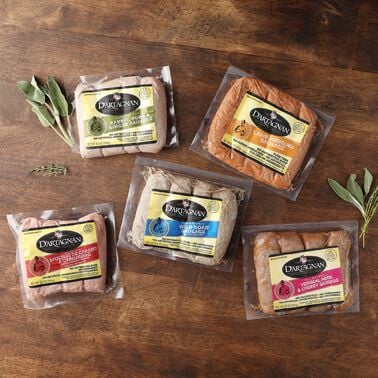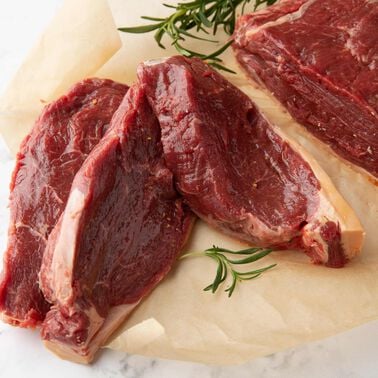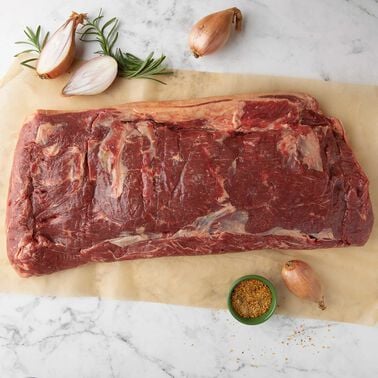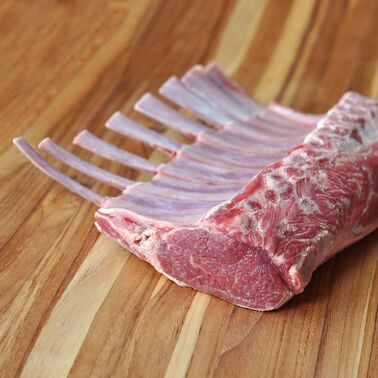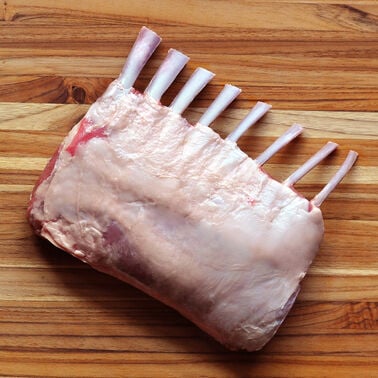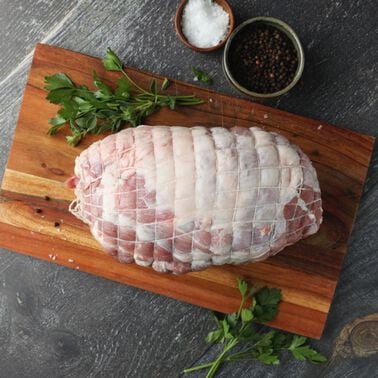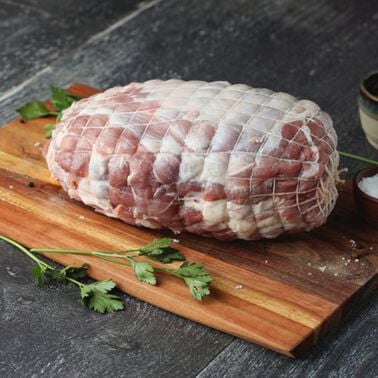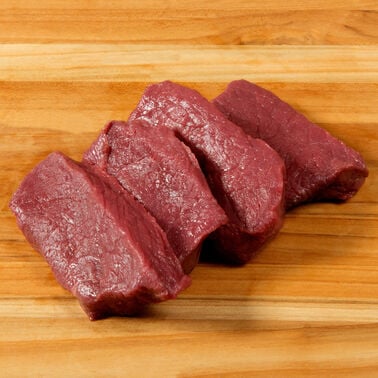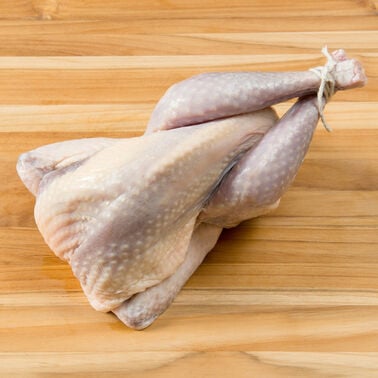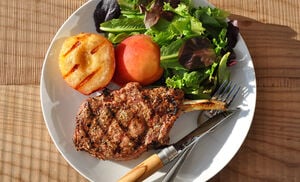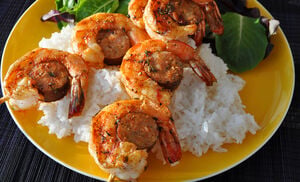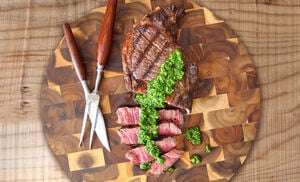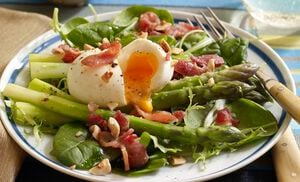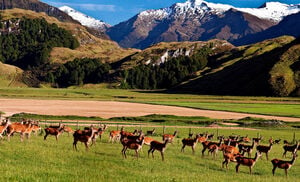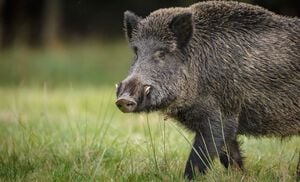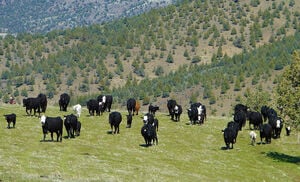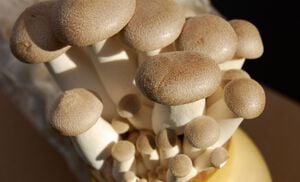
Paleo Beginnings
Dr. Loren Cordain, Phd., who is the founder of the Paleolithic movement, and in fact coined the term “Paleo Diet,” explains the simple premise of the Paleo lifestyle.
At the most basic, a Paleo lifestyle returns us to our ancestral diet – what we would have hunted and gathered: meats, fish, greens, fruits, seeds and nuts. It’s an unusual diet in that it bucks many established verities, such as the dangers of saturated fats and the desirability of grains. Humans in the Paleolithic era would not have counted calories, or found any low-fat, processed diet foods in the store. Intent on survival, they would have eaten all the saturated fats and nutrient-dense foods they could get their hands on.
The modern-day followers of Paleo do the same. They revel in eating pastured pork and poultry, grass-fed beef and grass-fed lamb (because animals wouldn’t have eaten grains either), game meats and game birds and offal. These proteins are balanced with natural fats, vegetables and small amounts of fruit and nuts.
What Does it Mean to Go Paleo?
So what does the diet eliminate? Noticeably absent are all grains and legumes, which came along later in our evolution, during the agricultural age over the past 10,000 years. Grains and legumes are understood to be harmful, because we have not yet evolved to digest them and absorb the nutrients in foods introduced during the agricultural era of human history.
The Paleo Diet also eliminates dairy and refined sugar, as well as hydrogenated vegetable oils like canola, margarine and soybean oil. All of these are either late additions to the human diet, or processed replacements for products from nature, such as animal fats and olive, coconut or avocado oils.
Paleo Diet for Health
The Paleo Diet is not an attempt to accurately reenact the diet of cavemen, or return modern people to the Stone Age. Instead, it is a return to simple, unprocessed foods, made at home with real ingredients. The followers of Paleo Diet feel that many chronic health issues are the result of the modern diet, which relies heavily on many of the processed items listed above.
A basic Paleo plan encourages people to exercise moderately, sleep deeply and in sync with the setting sun, following natural Circadian rhythms, and to eliminate external stress.
It may well be an effort to follow this kind of eating plan in the modern world. But when you look at the ingredients of the packaged food in most stores and realize how far from a natural diet we have come, perhaps a return to simpler times makes sense. Many people are reporting health benefits, such as weight loss, improved immune function and increased energy on the Paleo plan.
While not all D’Artagnan products fit the Paleo plan, many of them are perfect for those exploring this primal dietary path. From wild boar and venison to game sausage made without dairy, additives or preservatives, we have plenty of premium proteins – the cornerstone of a good Paleo diet.
